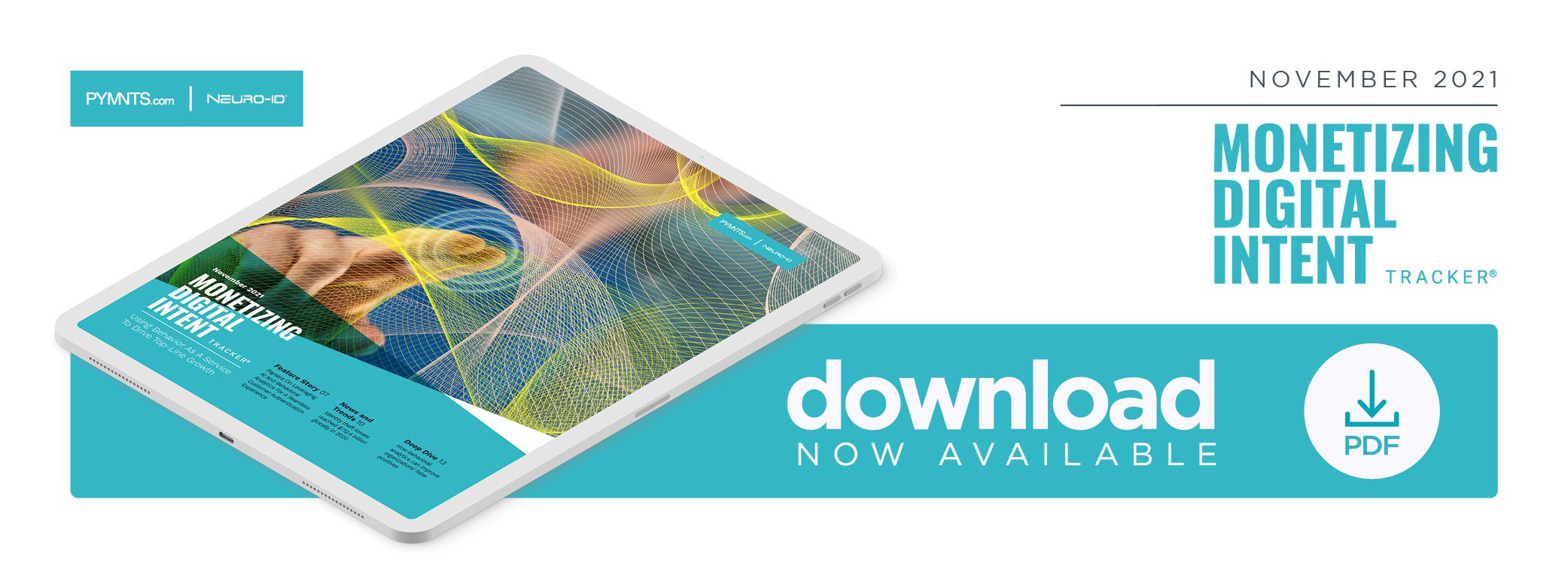Paysera on Leveraging AI and Behavioral Analytics for a Seamless Customer Authentication Experience

It’s tough for online businesses to tell good clients from bad during account opening, but artificial intelligence (AI) and behavioral analytics can eliminate some of the guesswork, says Kostas Noreika, co-founder of FinTech firm Paysera. In the Monetizing Digital Intent Tracker, Noreika discusses how the technologies help curb fraud and find great customers.
Cyber traffic ramped up during the pandemic as consumers ventured to online channels for groceries, banking needs, virtual meetings and other daily tasks.
While the shift to digital afforded many conveniences and saved countless businesses from shutting their doors, it also provided fraudsters with ample opportunities to commit cybercrimes. As a result, cybersecurity professionals have sought to upgrade fraud prevention tactics, some of which have introduced frictions into the onboarding process.
FinTech Paysera is one company working to make its registration process as intuitive and straightforward as possible for new clients while securing their information, according to Co-Founder Kostas Noreika.
“It takes up to 10 minutes for a client to fill in the data fields or select from those already provided, and slightly longer to approve their account, as we use a two-step identification process — automatic and manual — to confirm their identity,” he explained.
Businesses that provide a more seamless customer experience earn greater revenues on average than those with more frustrating authentication processes. The best approach for firms is to generate a multilayered authentication system that does not create any obstacles for users. This methodology aids companies in their journeys toward fraud reduction, customer satisfaction and decreased false positives.
Meeting Customer Expectations for Smooth Digital Authentication Processes
Cybercrime is a multifaceted problem for companies, as both brand reputation and revenue streams are on the line. Approximately 2.2 million fraud incidents were reported to the Federal Trade Commission (FTC) in 2020, and 34% of those claims resulted in financial losses. Total fraud-related losses for consumers increased by $1.5 billion from 2019, for a total loss of more than $3.3 billion. With the assistance of new internet security tools, however, fraud prevention experts can closely monitor each consumer across a company’s entire database.
“Knowing the actual goals and intentions of the person opening an account before entering into a business relationship is difficult,” Noreika said. “More so if it is a newly established, little-known company that is trying to open an account. That is why when we open an account for a client, we use [artificial intelligence (AI)] and system-generated rules designed to get to know the client better and identify any abnormal behavior.”
A survey found that nearly all technology decision-makers had one or more notable concerns about how fraud attacks impact the customer experience. Just as important, however, are consumer expectations for an expeditious online account setup experience or smooth digital transaction completion. More than 50% of consumers are less likely to use a credit or debit card that has been declined, for example. In this instance, the false decline may negatively impact the customer relationship more than the fraud itself. The unsuccessful transaction ultimately results in a one-time revenue loss and the loss of potential future revenue from the account holder.
“It is a challenge that is common to the entire banking and FinTech community,” Noreika said. “While on one side there is the regulator saying that you have to know your client, on the other side there is the client who, thanks to modern technology, is used to accessing various services by simply registering or logging in using their Facebook or Google account only.”
Why AI, Behavioral Analytics Are the Future of Fraud Prevention
When it comes to investing in tools and technologies that will reduce fraud without impacting the customer experience, Noreika said he believes AI will be essential.
“No matter how well-developed the technology is, we cannot do without the involvement of a human being who makes the final decision on whether to execute a payment transaction or to continue, limit or terminate a business relationship with a client,” he said. “It is about human collaboration with technology. We are successfully combining the manual process of getting to know our clients with the possibilities created by AI.”
Behavioral analytics also can help companies overcome customer verification issues and reduce false positives by monitoring the sequence of actions, keystrokes and suspicious data. The technology can decipher whether user interaction is a cyberthreat or a legitimate user who may have forgotten their login information. It also can appropriately identify risks within a company’s infrastructure through a combination of data monitoring and existing database sourcing. Behavioral analytics’ success in reducing fraud and false positives has the North American market segment flourishing. Additionally, nearly 50% of the region’s companies have started the process of cloud deployment migration, which has further enhanced the popularity of the technology.
“[Paysera] see[s] a lot of potential in behavioral analytics, not only in facilitating the client identification process but also in fraud prevention.”
